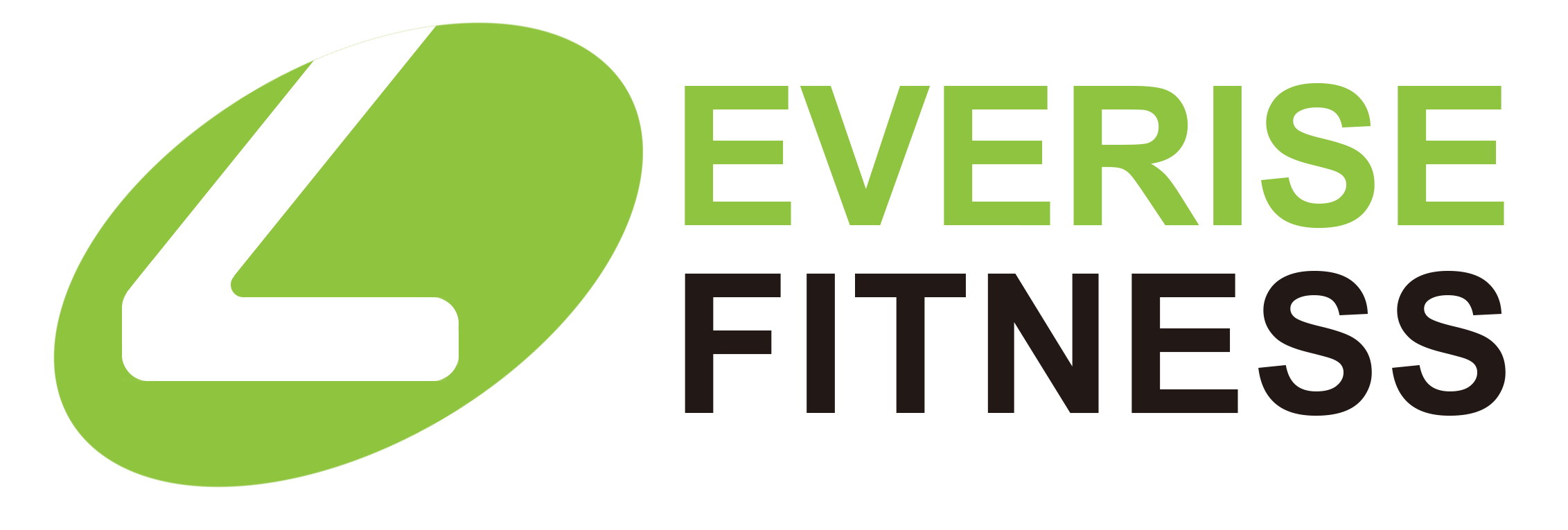Pilates is a powerful exercise method that builds core strength, improves flexibility, and increases body awareness. If you’re just starting, using correctors can make your sessions even more rewarding. These supportive tools help you move well and stay safe. Below, we’ll cover how to use them from day one, what benefits you can expect, and how to weave them into your weekly workouts.
What Are Pilates Correctors?
Correctors include items like the Pilates ring, foam roller, and reformer machine. Their job is to guide you toward good alignment and proper form. With a corrector, you can feel the right muscles kick in, so you learn how to move the right way. These tools also give you instant feedback, which helps keep you safe and reduces the chance of injuries caused by using the wrong technique.
Picking the Best Corrector for You
Start by choosing the corrector that matches your skill level and goals. If you want to zero in on small muscles, a Pilates ring is a great choice. If you’re after a full-body challenge, the reformer lets you adjust resistance for just the right intensity. Think about what you want to achieve, and pick a tool that supports that. The right corrector should make things easier, not more confusing.
Getting Started with Correctors in Pilates
When you want to add Pilates correctors to your workouts, start with simple moves. Take a foam roller, for instance, and use it under your lower back or under one foot during the Hundred or Roll Up. This extra support will keep you steady and let you feel the right muscles working. Once you feel at home with those basics, you can move on to tougher moves while still using the corrector. This steady increase in challenge will boost your confidence and skills.
Why Correctors are Great for New Movers
Correctors shine because they help you grasp the basics of how your body moves. They let you play with new motions safely, so you can light up the right muscles without overdoing it. They also help you stretch a little further and get more flexible, which your body loves. Finally, correctors keep workouts fresh and fun since they add new twists and little extra challenges.
Simple Steps to Begin
If you’re new to Pilates, keep an open mind and be kind to yourself. Limit your first sessions to 15 or 20 minutes, and focus on moving well, not on moving fast. Look for classes or online videos aimed at beginners using correctors—those can steer you right and build your base. Always check in with your body; if a move feels off, take a break or adjust it.
Industry Trends and Insights
The Pilates world keeps moving forward. More studios are now adding specialty classes that use correctors to help refine movements. At the same time, online Pilates sessions are becoming popular, so beginners can learn from good teachers without leaving the house. New designs in Pilates equipment are also making correctors lighter and easier to use, welcoming more people to the practice. As the public keeps discovering how Pilates builds core strength and improves flexibility, the need for smart tools and helpful resources is sure to grow.

